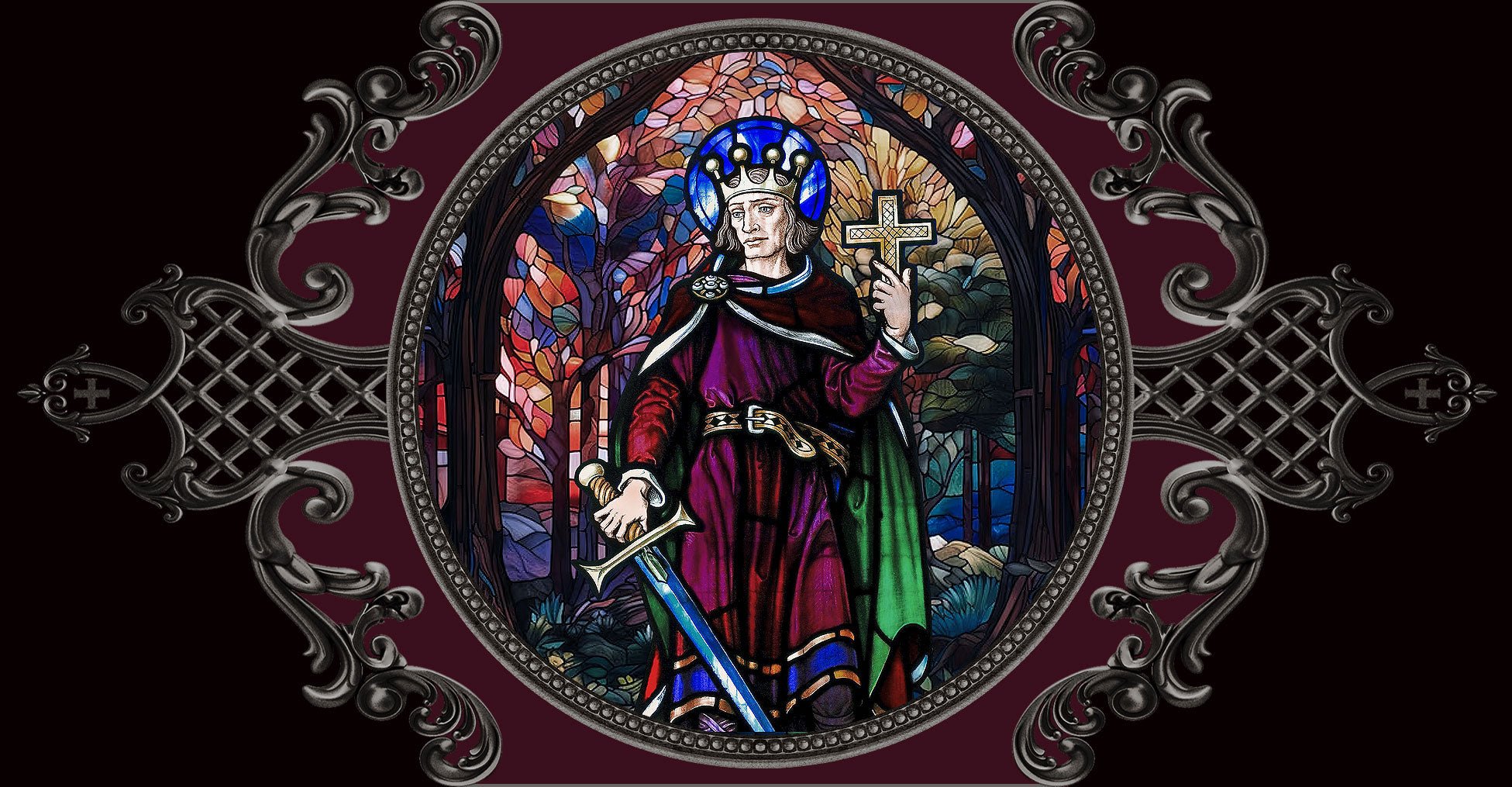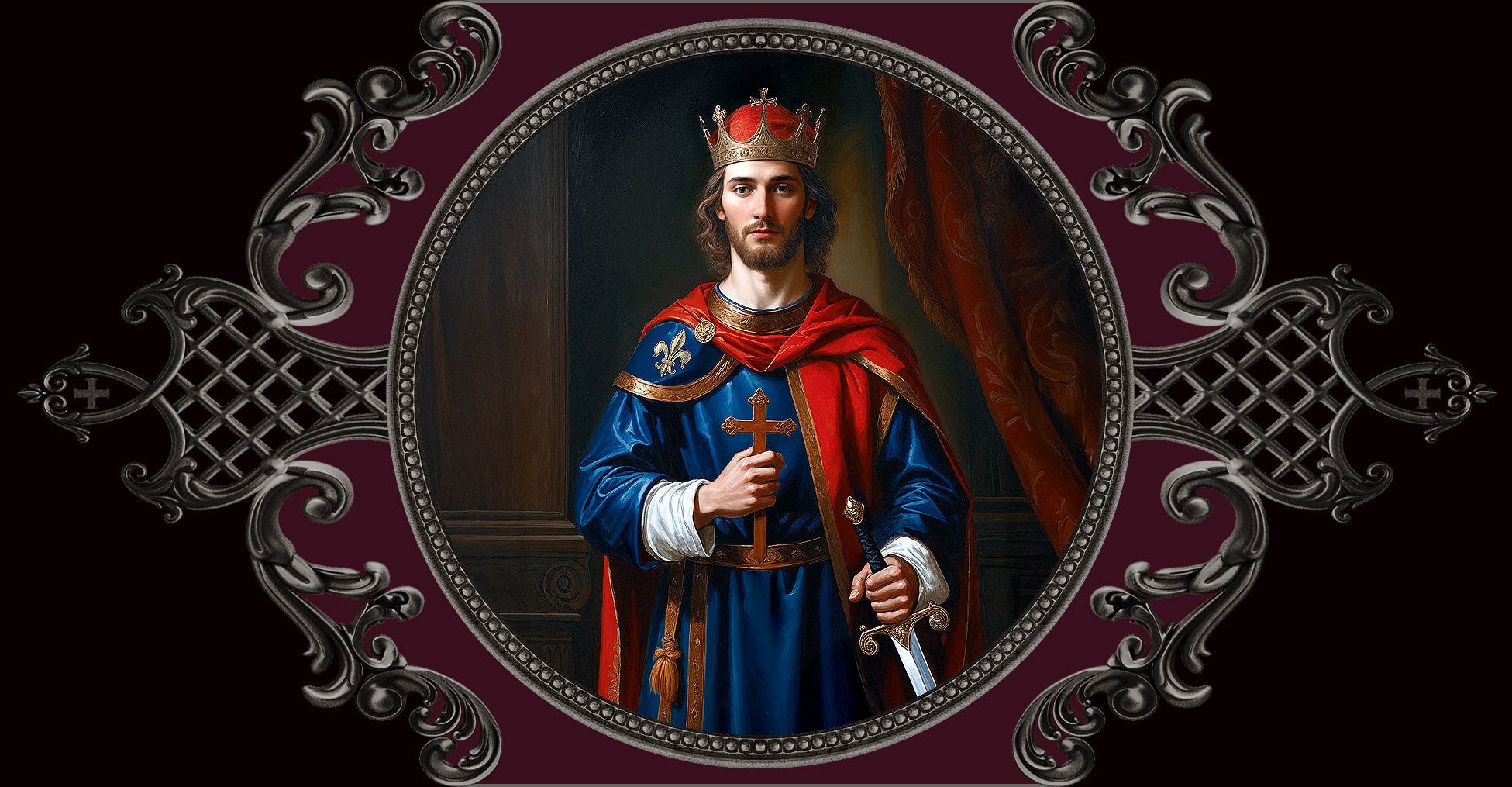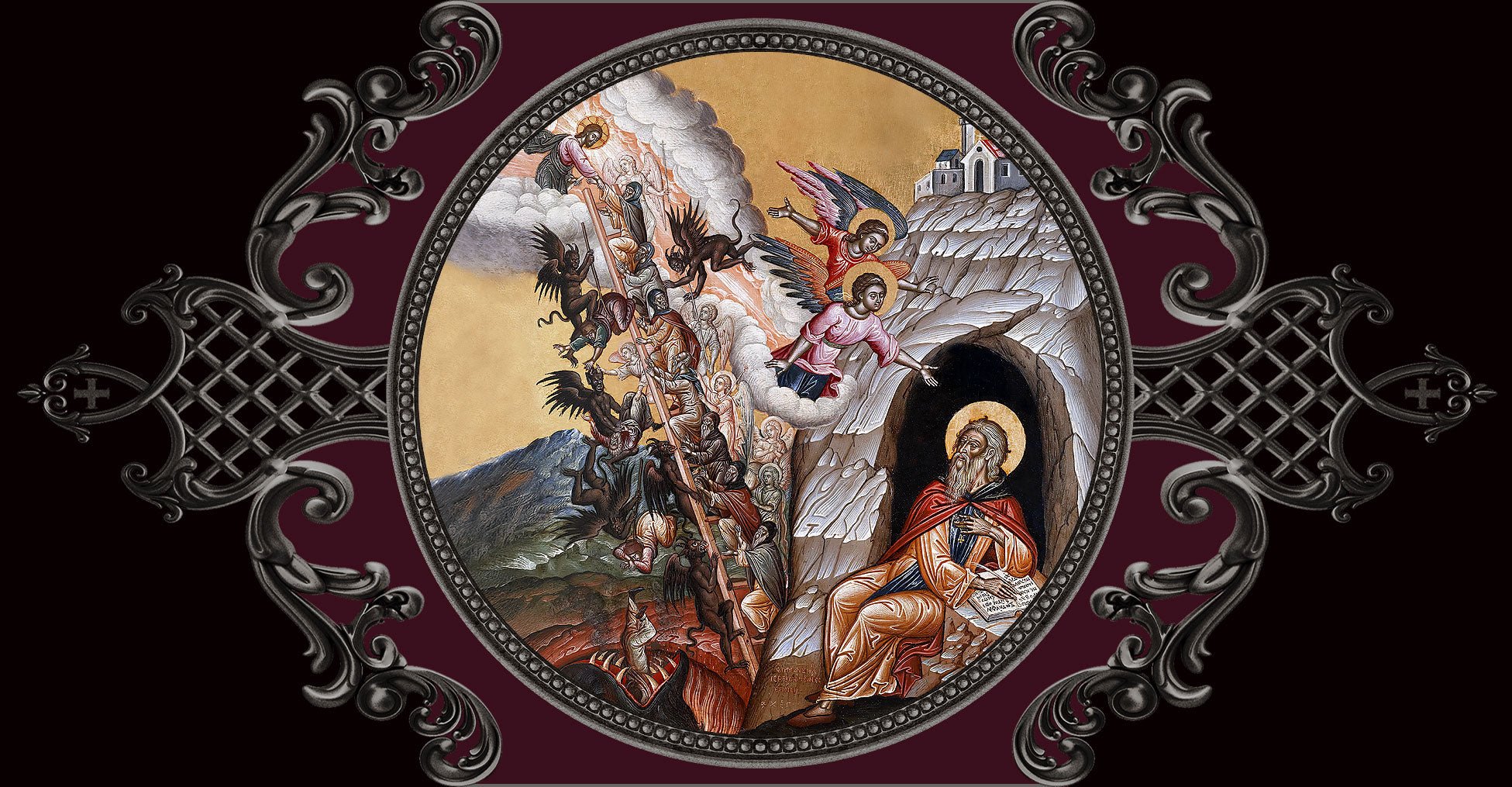
March 29 + Saint Gundleus
Born a prince in 450 AD, Gundleus was the oldest son of the King of the Dimetians in South Wales. After the death of his father, he divided the kingdom with his six brothers who respected and obeyed him as if he had been their sovereign.
Gundleus fell in love with Princess Gladys (who is also a saint), the eldest daughter of his neighbor, King Brychan Brycheiniog. He sent envoys requesting her hand in marriage, but Brychan sent them away. So Gundleus decided he would take Gladys by force. With three hundred men to help him, he made a daring raid on Brychan and made off with his love. Brychan pursued him as far as Fochriw where the two were accosted by their High King, Arthur. Struck by Gladys' beauty, Arthur was at first tempted to take her for himself but his fellows persuaded him to support Gundleus' cause and thus Brychan was soon placated.
Gundleus and Gladys married and Gundleus led a riotous life, engaging in violence and banditry. After the birth of his eldest son, he went on a wild celebratory raid on Gwent with his fearless Warband. Among other livestock, he stole a cow from Saint Tathyw of Caerwent, who promptly arrived at the Royal Court of Gundleus and demanded it back. The King would not let it go however, until Tathyw had baptised his newborn son (Saint Cadoc) into the Christian faith - almost certainly an action suggested by the Queen.
Later in life, Gundleus had a dream in which God appeared and told him he would find a valuable white ox on Stow Hill. Having found the ox the next day, the King was so impressed that he converted to Christianity. He founded the Church of Saint Mary (now Saint Woolos Cathedral in Newport) where the ox was found.
Gundleus later lived so as to have always in view God's heavenly kingdom. To secure this, he retired wholly from the world long before his death, and passed his time in a solitary little dwelling near a church which he had built. His clothing was sack-cloth, his food was barley-bread, upon which he usually strewed ashes, and his drink was water. Prayer and contemplation were his constant occupation.
Some days before his death, he sent for Saint Dubritius and his son Saint Cadoc, and with their assistance and the Holy Rites of the Church, prepared himself for his passage to eternity. He departed to our Lord in 529 AD and was glorified by miracles.



Leave a comment
This site is protected by hCaptcha and the hCaptcha Privacy Policy and Terms of Service apply.